Online Homeschool Math: CTC Math Review
Choosing the right math curriculum for your kids can be so challenging. There are countless options out there, and if you’re not a math geek (like me) or don’t feel confident teaching math, it can be a daunting task. Obviously, you want what’s best for your kids, and you want (hopefully) a curriculum that will adequately teach them math and prepare them for the future. Today I want to share an online homeschool math option with you and help answer some questions so that you can make an informed decision. Read my full CTC Math Review, it may be just what you’re looking for!

*Please Note: I received a CTC Math membership free in order to give a review, and was compensated for my time. I was not, however, required to give a positive review, and all opinions are my own. Read our full disclosure here.*
NOTE: I have revisited this curriculum and updated the review, as of February 2019. All my new thoughts are indicated by the ** and bold throughout the review.
A Little About CTC Math:
CTC Math is an online, video based math curriculum. It is self-paced, so students can start with the lessons that are appropriate for them and then work through as they feel comfortable.
After each video lesson, there are interactive questions for your child to answer to check for understanding of the lesson.
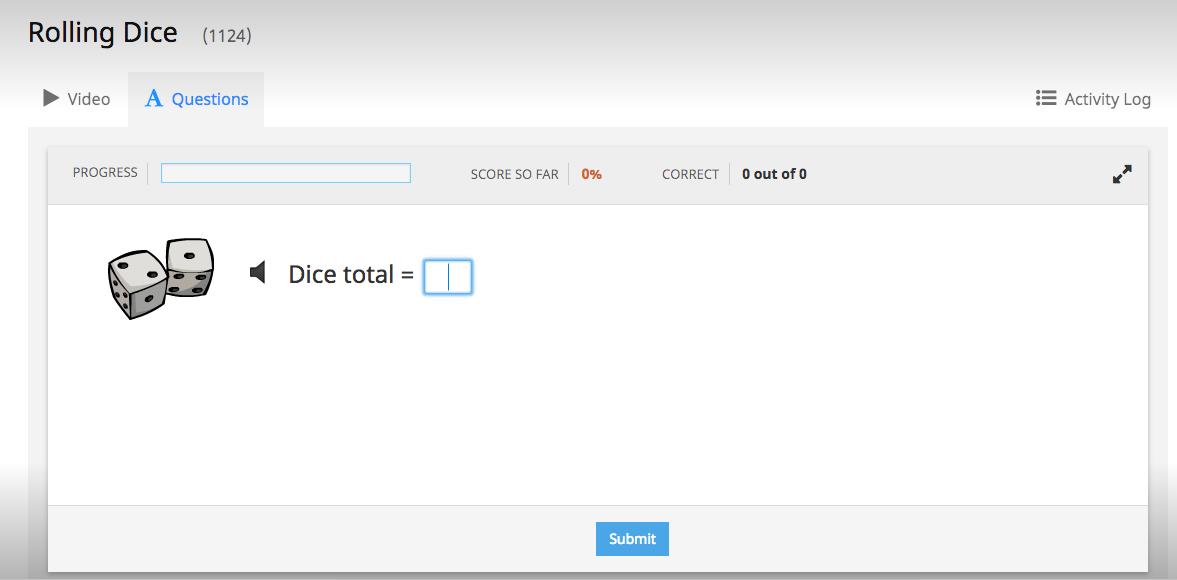
There is also a printable pdf version of each lesson if you would prefer to have a handout, or would like to keep the notes for a reference.
Benefits of CTC Math:
If you are considering CTC Math for your homeschool, there are several benefits to consider.
First, with a CTC Math family membership, you have access to the entire curriculum from Kindergarten through high school.
This makes it a very affordable option if you have multiple kids at home.
Second, because of the direct, video based instruction, if your child has a question or doesn’t understand, they can simply re-watch the video. Older students might appreciate pausing the video to take notes or work out the problem themselves before moving on.
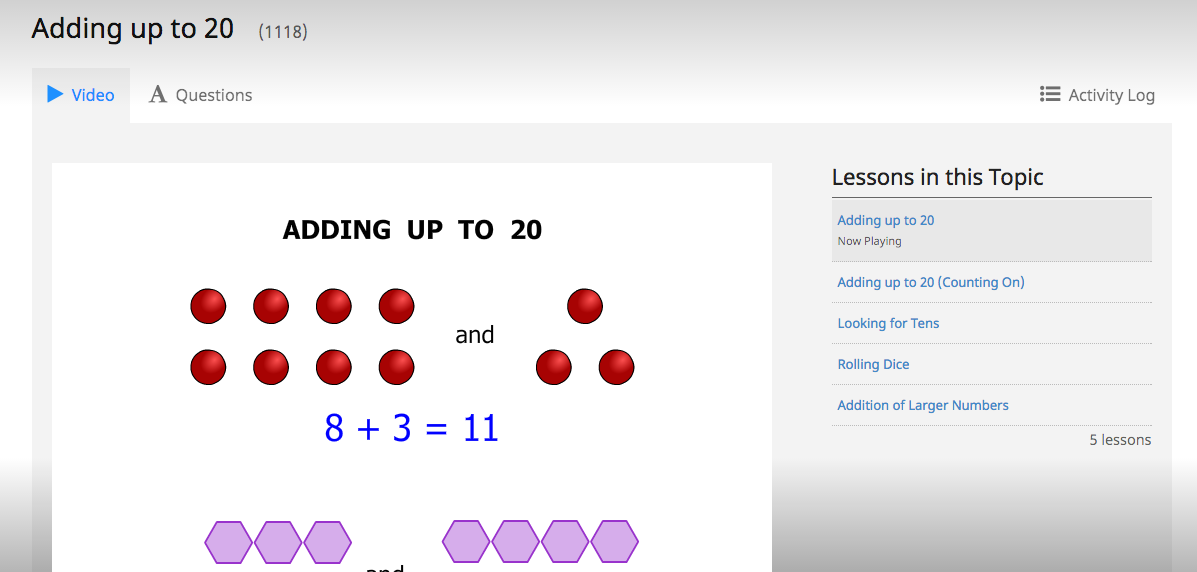
In addition, the videos are clear and informative, but not overly busy. They’re simple and straightforward, which may be good for kids who struggle with sensory processing or attention deficits.
Another benefit is that the videos are short and focus on one particular skill at a time. This makes it easy to break things down into manageable pieces.
A benefit for moms is that it takes quite a bit of stress off of you by giving your kids a more independent math curriculum. This may be especially beneficial if you are teaching multiple children.
For me, trying to spend math time with each of my kids individually each day can become draining and exhausting.
**2019 Update: I have been using this again with 2 of my 4 kids and have found that allowing them to work through lessons and practice on their own several days a week is very helpful now that all 4 kids are in school.
I still pay close attention to their learning, however, and when they miss a lot of the practice problems, we sit down together with hands on manipulatives to see what types of errors they’re making.
I also direct them to the lessons I want them to work on to make sure they’re covering the skills I want them to focus on.
Some drawbacks of learning math online:
While there are lots of great benefits to this program, there are some drawbacks to using an online curriculum for math.
First, your child may not spend much time doing math with pencil and paper. Writing things down helps process and retain information. So if you choose CTC Math (or another online program) I would simply encourage you to mix things up occasionally and give your child other math assignments to check for understanding.
**2019 Update: CTC Math now includs weekly review sets that incorporate spiral review of previously learned skills. You can print out the colorful set of practice problems for kids to solve and then they can enter their solutions on the computer.
I have been having my kids complete video lessons Monday-Thursday and then work on the review on Fridays. This has been a great way to take a break from the computer as well as review a variety of math skills.
I also have them work out their problems on a white board during the video lessons before submitting their final answer on the computer.
There are also just some skills that need to be learned and practiced in a hands on, pencil and paper way.
My son felt frustrated during some of the measuring angles lessons, so we simply stepped away from the computer to use an actual protractor and see it, touch it and measure it. Simply be aware of skills that may need you to step in and teach in a hands on way.
I would also encourage you to use journaling along with the lessons. Once or twice a week, have your child write what they’ve learned in their math lessons, give examples, or write about ways they can use it in the real world.
This will help you to see that they do in fact comprehend the math they’re learning and can explain it to you.
**2019 Update: I still think this is a great idea, although I haven’t implemented it with my kids yet.
One other drawback of a video based curriculum such as CTC Math is that it can become difficult to see how all the pieces fit together.
Because the lessons teach one short concept, they can seem disconnected from one another, which is not true of math at all.
So while it is definitely helpful that the videos are short to ensure kids are not overwhelmed by tons of new information, this can also prevent kids from seeing the big picture.
This doesn’t mean that an online option is a bad choice, it just means you need to be aware, and find ways to develop deep understandings in your kids.
Find ways to supplement what they’re learning by applying it to their life and interests.
Include questions in their journal that force them to think about how certain things they’re learning connect to math they’ve already learned.
Read books about math such as Math Curse or the Sir Cumference series.
**2019 Update: This is still something to be aware of, really in any math curriculum, but the lessons are organized together in a logical way, allowing kids to focus on addition using lots of different strategies and then moving to subtraction. They also present concepts in multiple ways, helping kids to see connections.
Who is CTC Math for?
I think CTC math is a great choice for:
- Large families looking for an affordable math option
- Kids who lack confidence in math and need to take things slowly
- Moms who need to take a more hands-off approach to teaching math (whether because of time constraints or the level of math difficulty, etc.)
**2019 Update: If you are a mom who needs a more hands off approach to math, just be aware that you can never be completely hands off. This curriculum is a great option, but you need to keep a constant pulse on your kids learning and understanding. Check in every couple of days and discuss the lessons together. Even if they are getting good scores on the practice problems.
If you are interested in checking out this program, be sure to sign up for a free trial! This will allow you and your kids to watch some videos and get a feel for the layout and teaching style before you commit.
Or if you’re ready to sign up, simply click here to receive a 60% discount, only for homeschooling families.
Has your family used CTC Math? Share your experience in the comments in order to help other families make an informed decision!


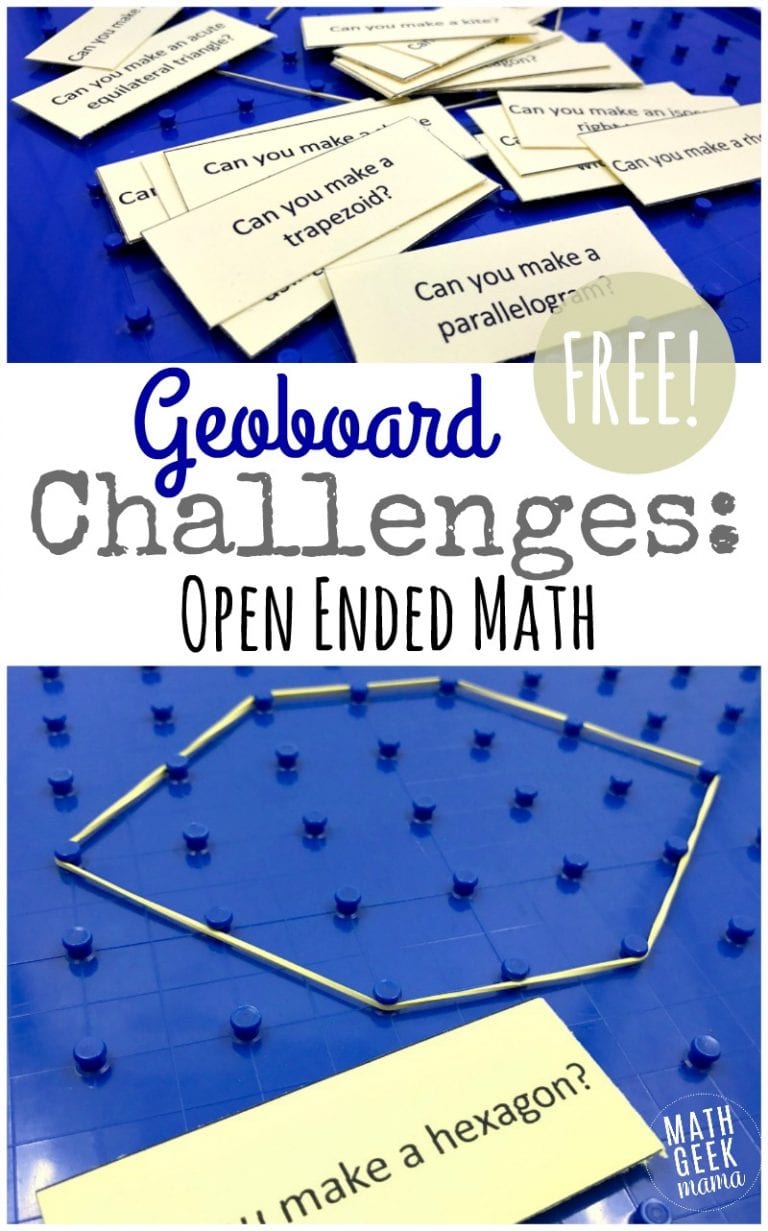

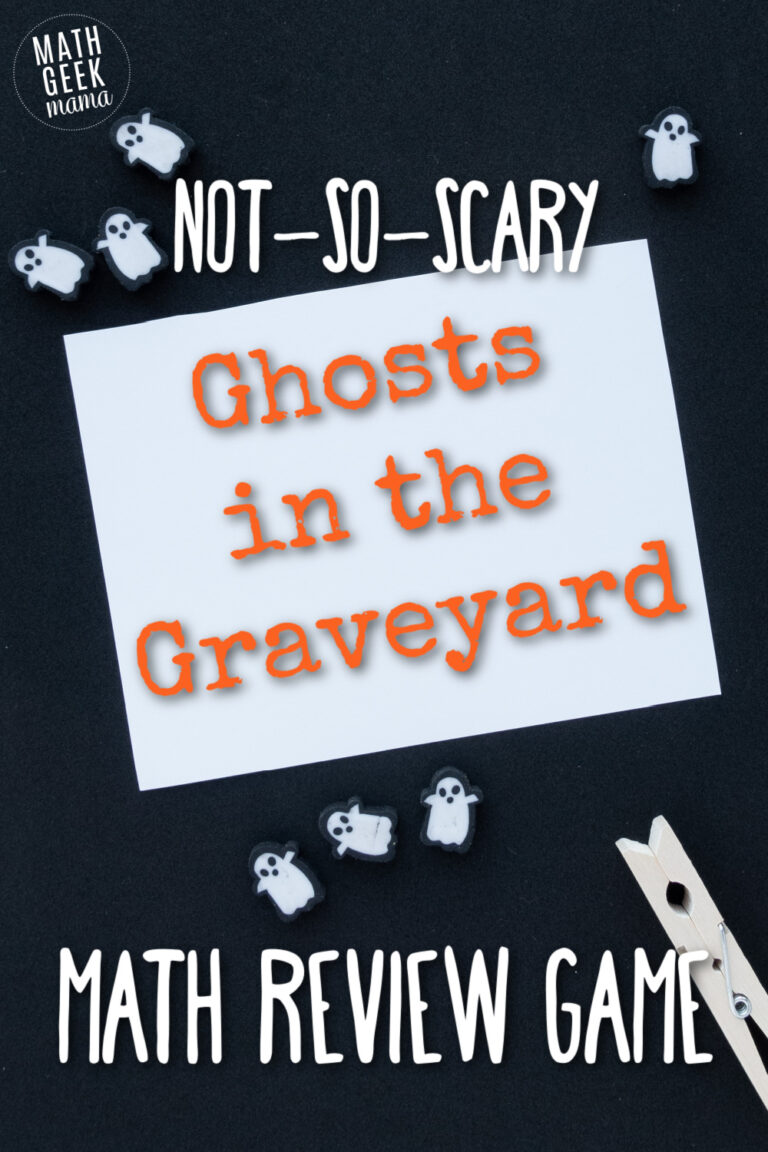
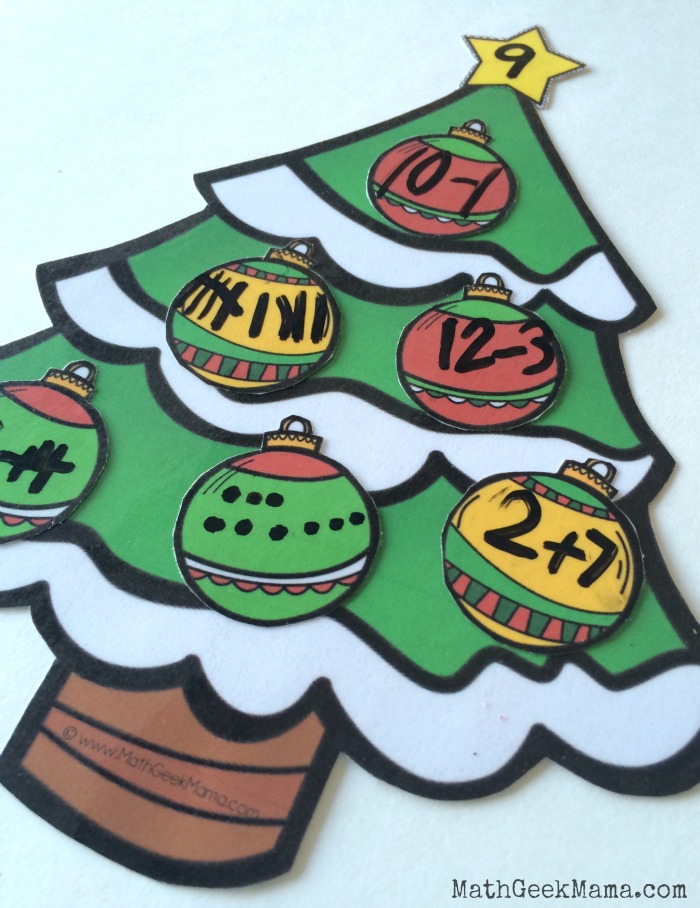
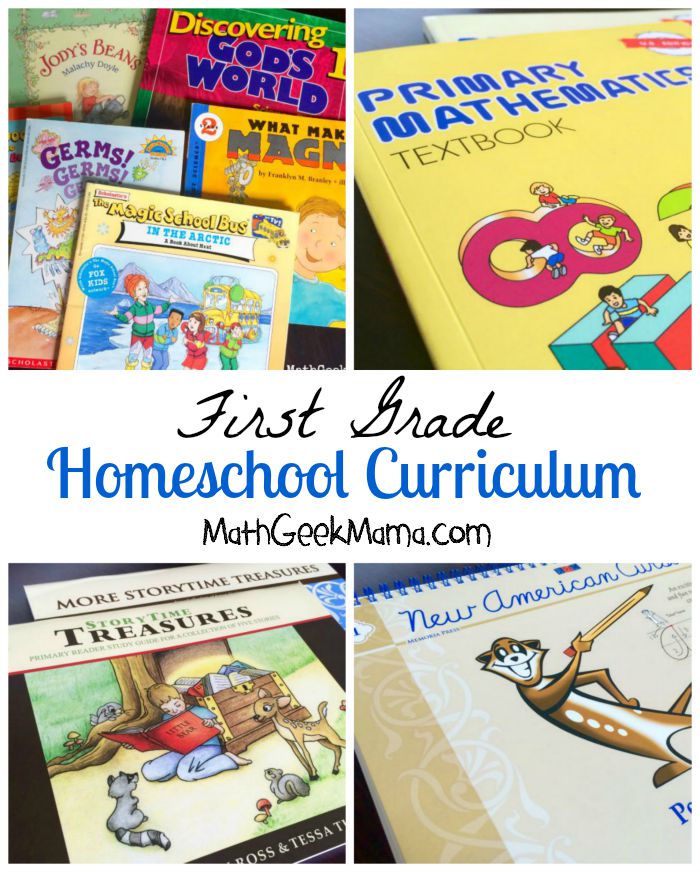
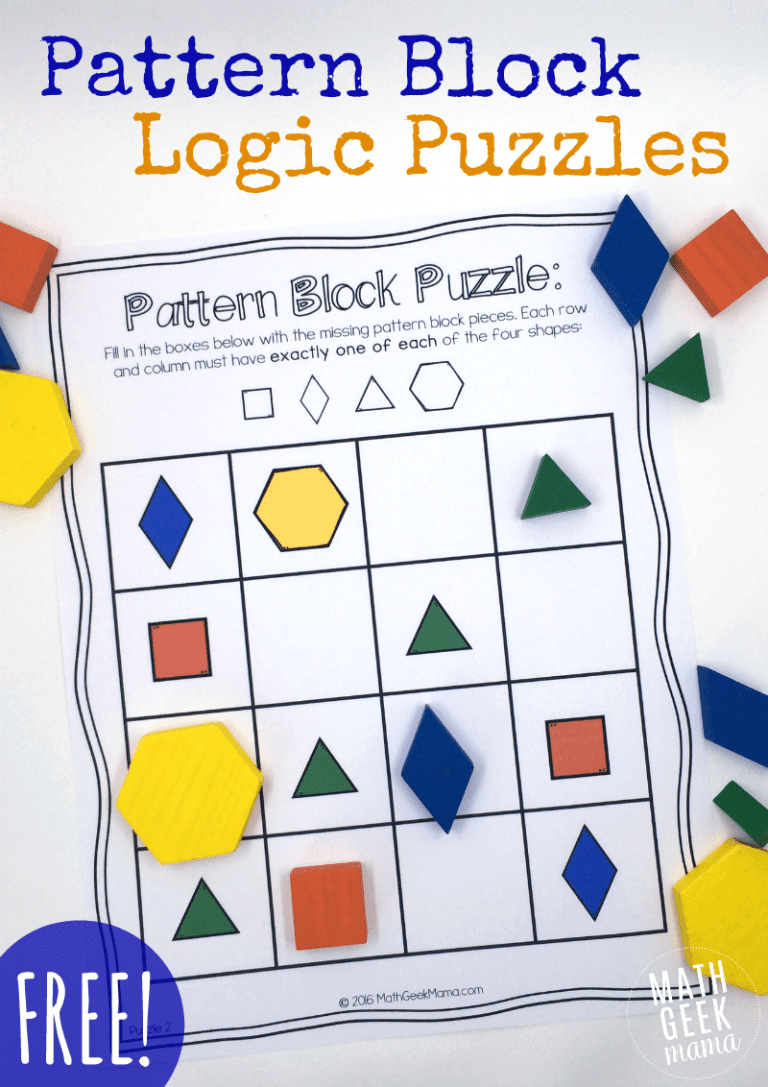




We have been using CTC for a couple of years. It has been working well for our six children of varying learning styles. Each child has a notebook for working problems out and taking notes. I require them to show their work for 15 problems each week from across their lessons. Some weeks, some children will cover only a lesson a day. Other children might cover 2 lessons a day. My mathy girl might do three lessons on occasion. We also have manipulatives for the kinesthetic ones to use as needed. I also have some printed curriculum/worksheet pages (Math Mammoth) should a topic need extra instruction (or our rural internet be uncooperative). I was excited to see you recommend the extra things that I have chosen to add in. It is a reminder that we moms can trust our instincts.
Oh Hillary, it sounds like you’re doing a GREAT job and making really great use of this curriculum! I think those sound like the perfect ways to balance out an online curriculum. With 6 kids, this is a great and affordable resource!